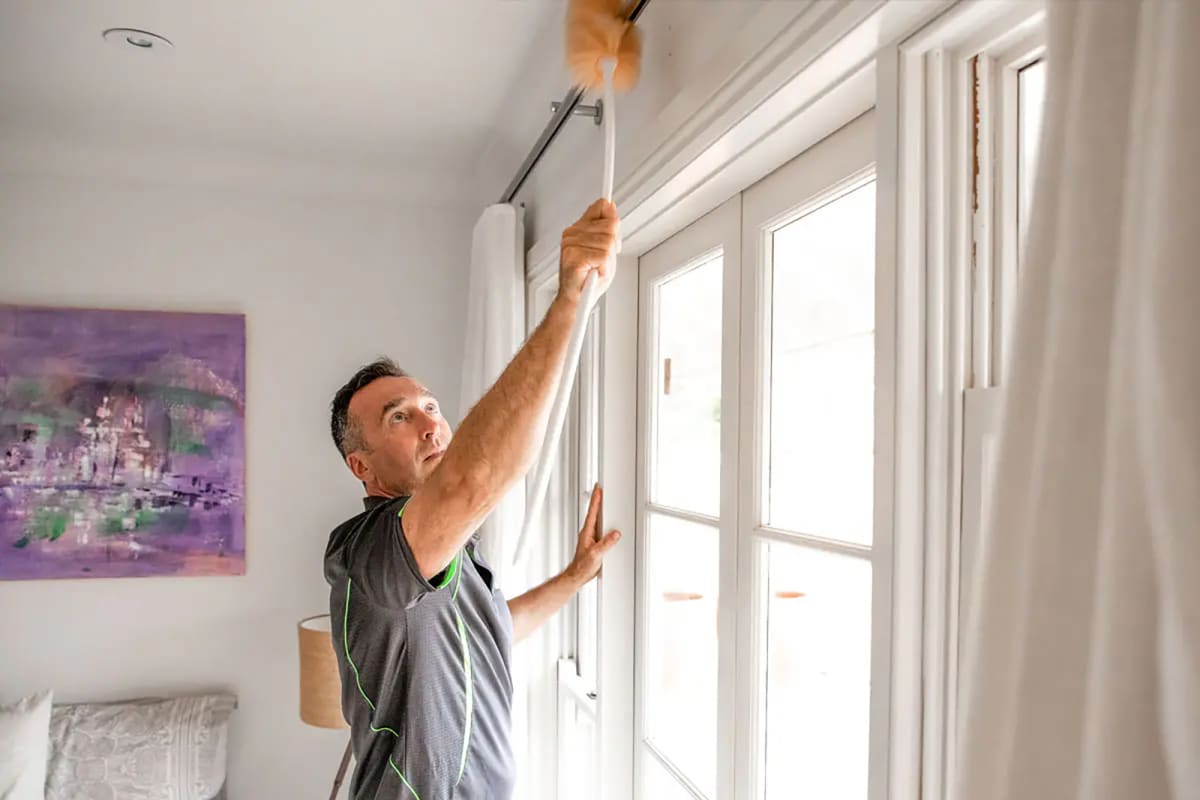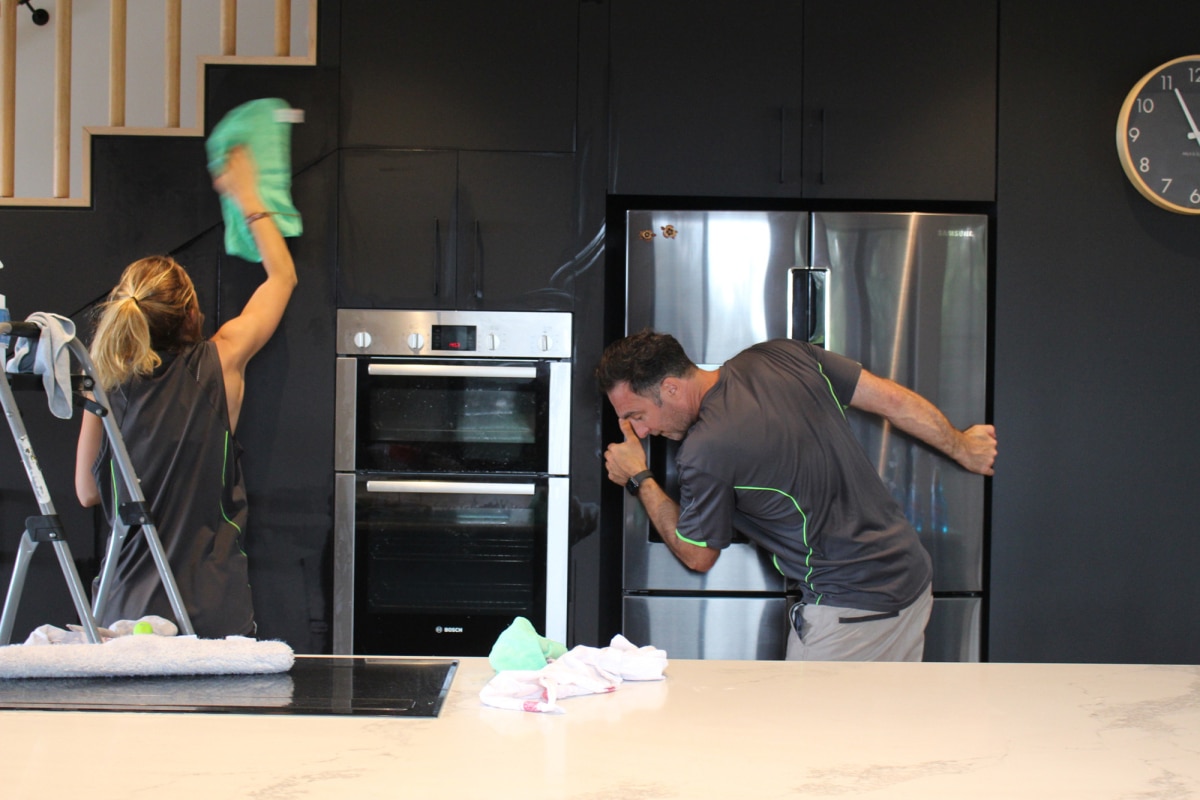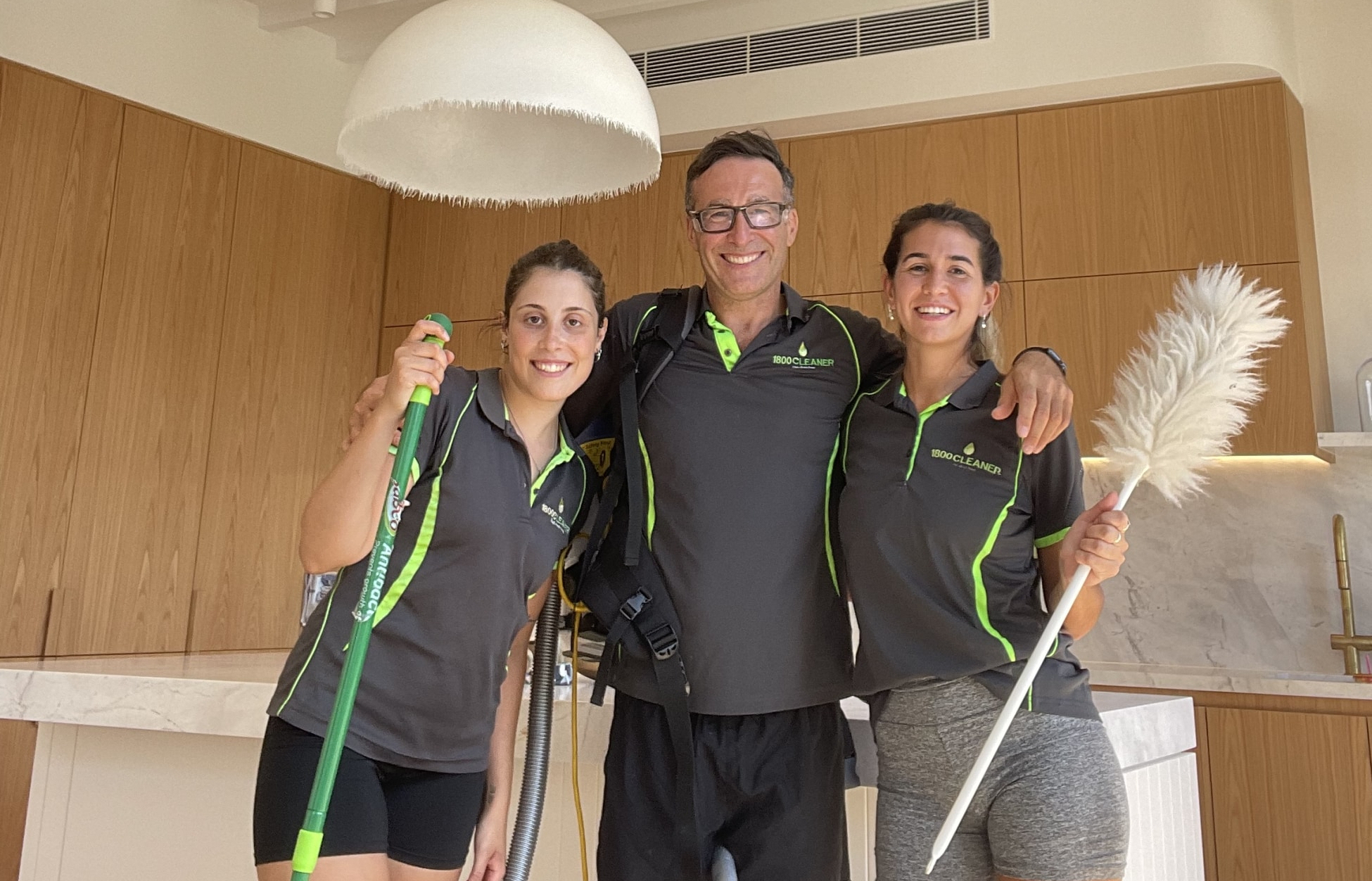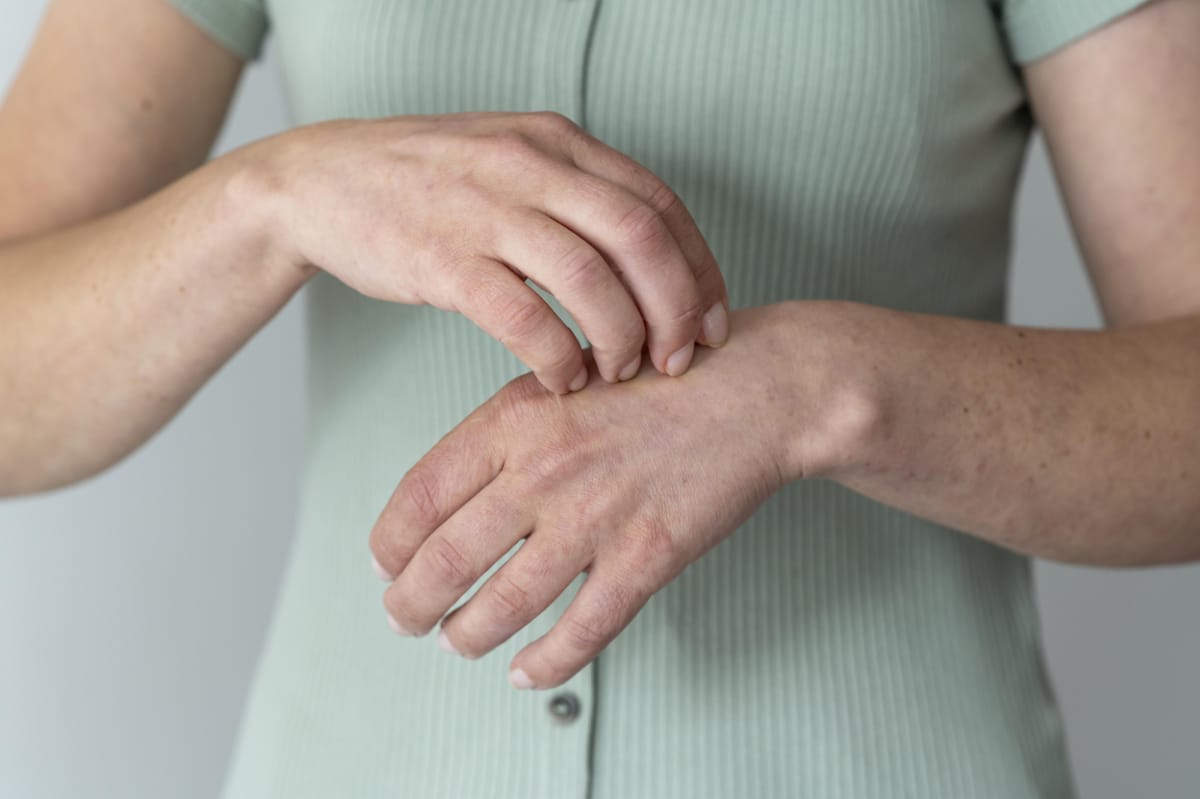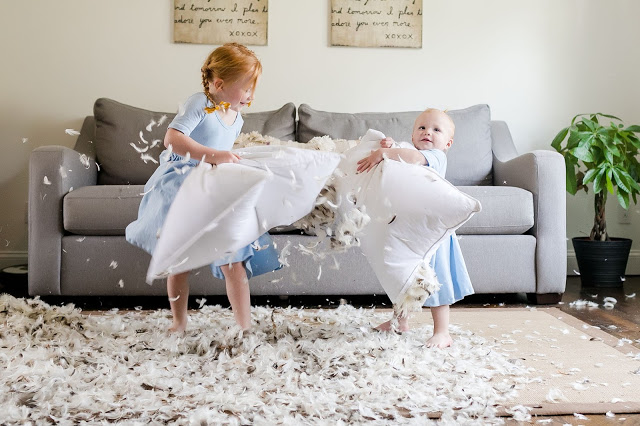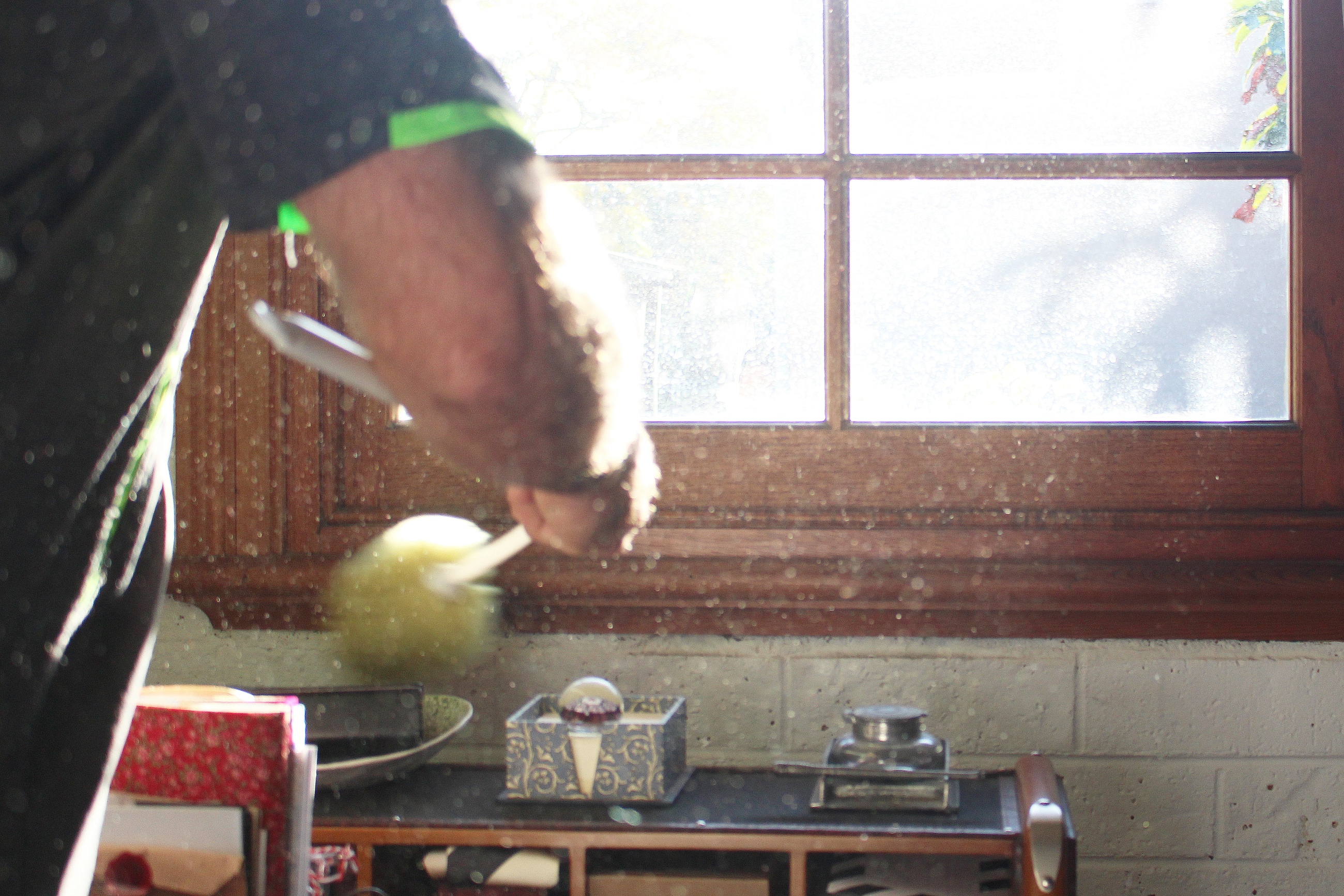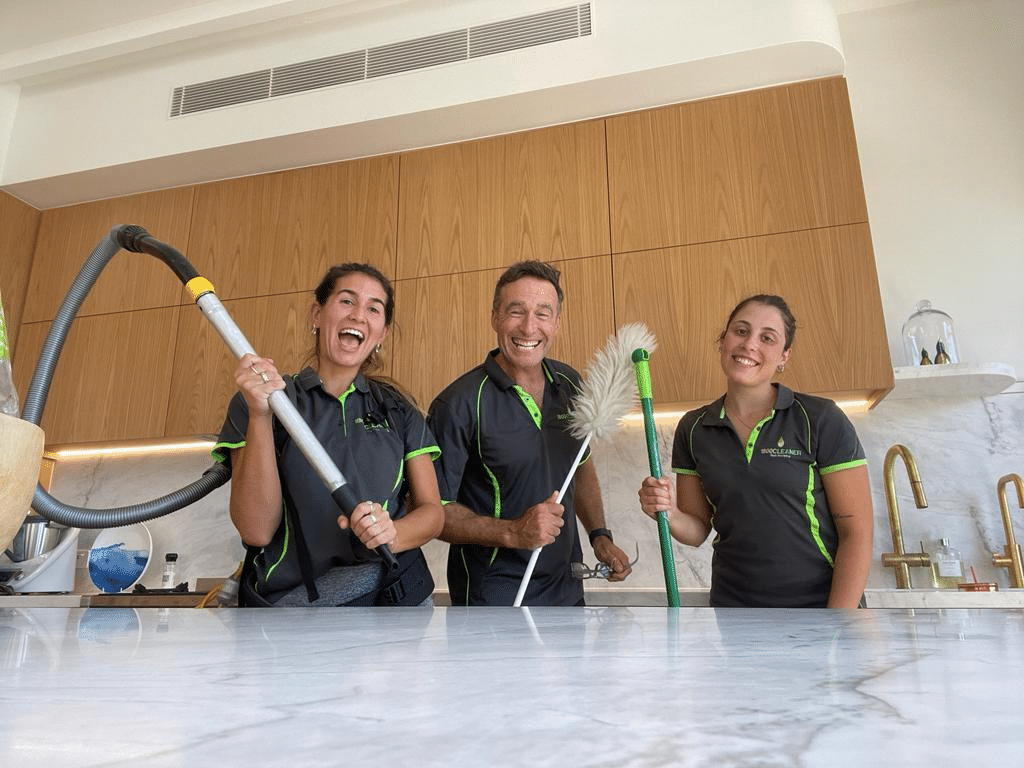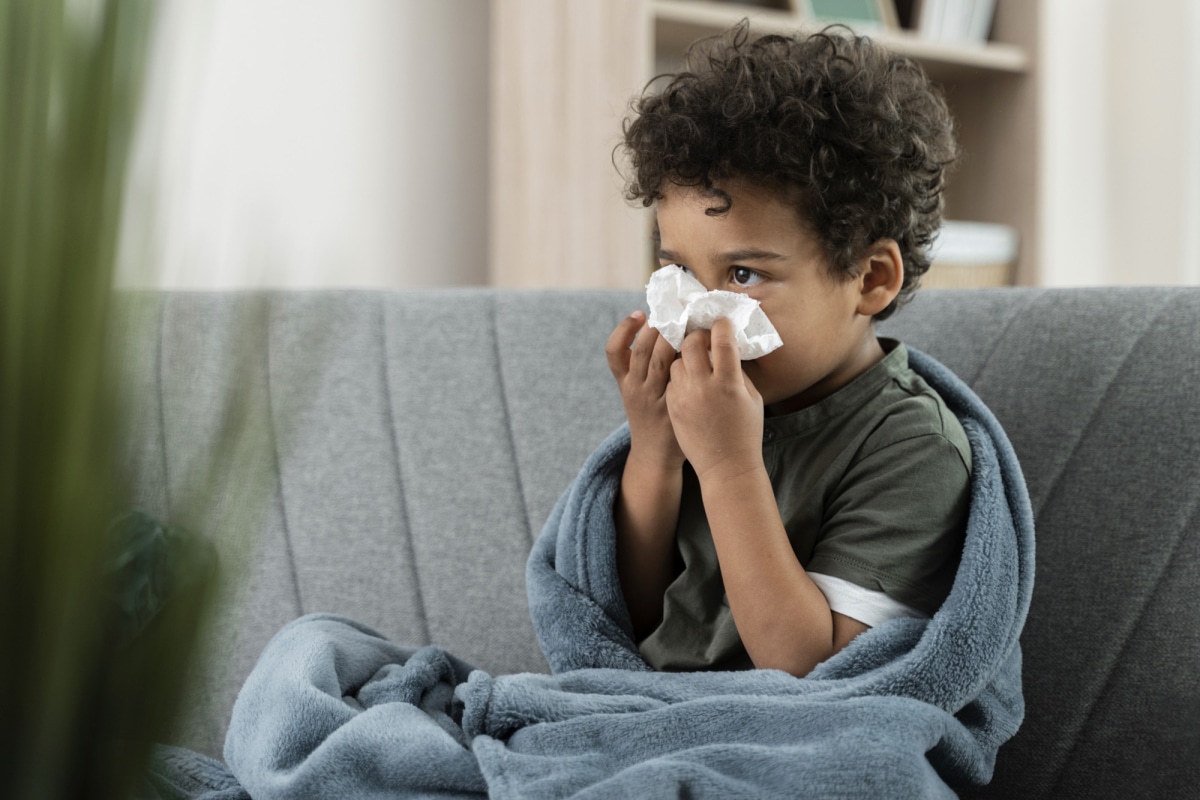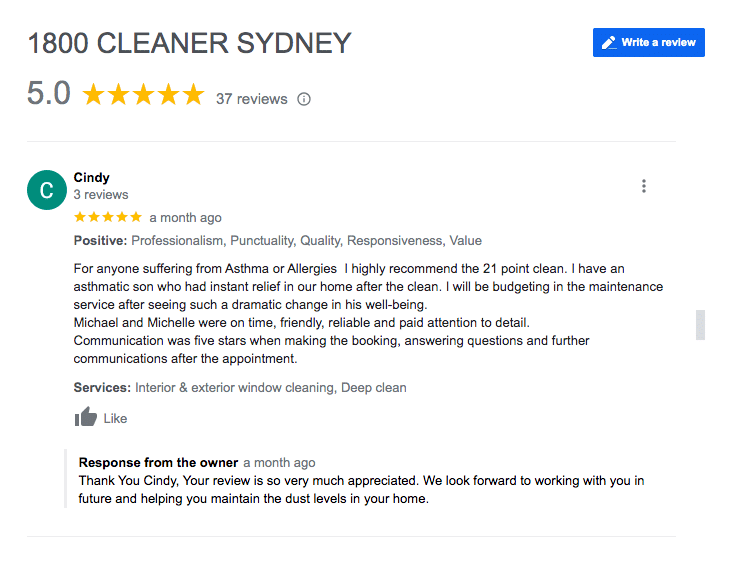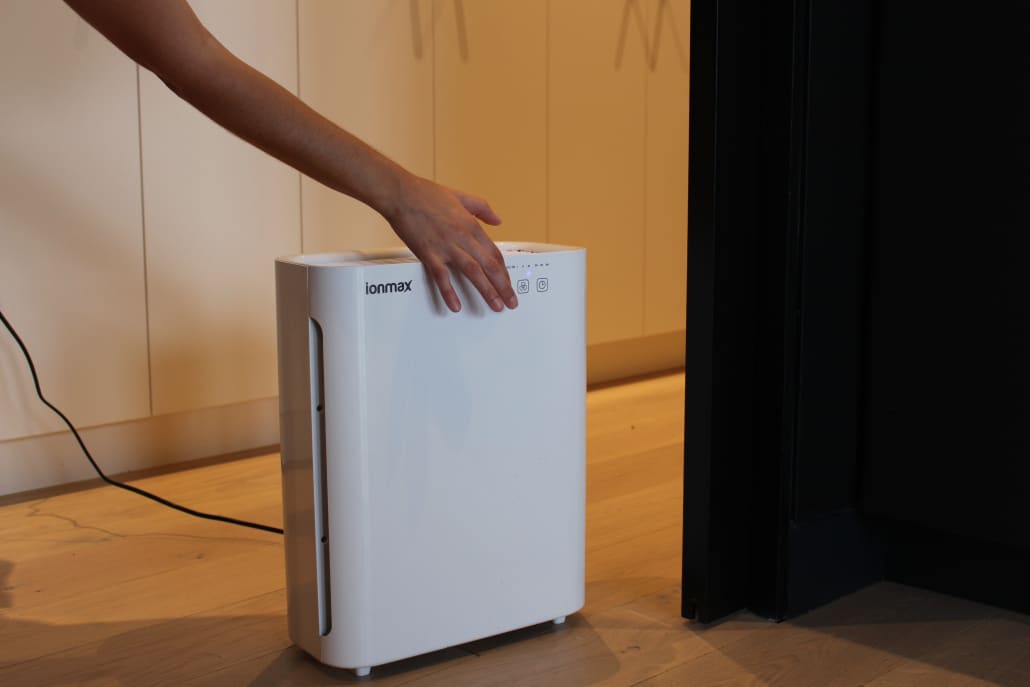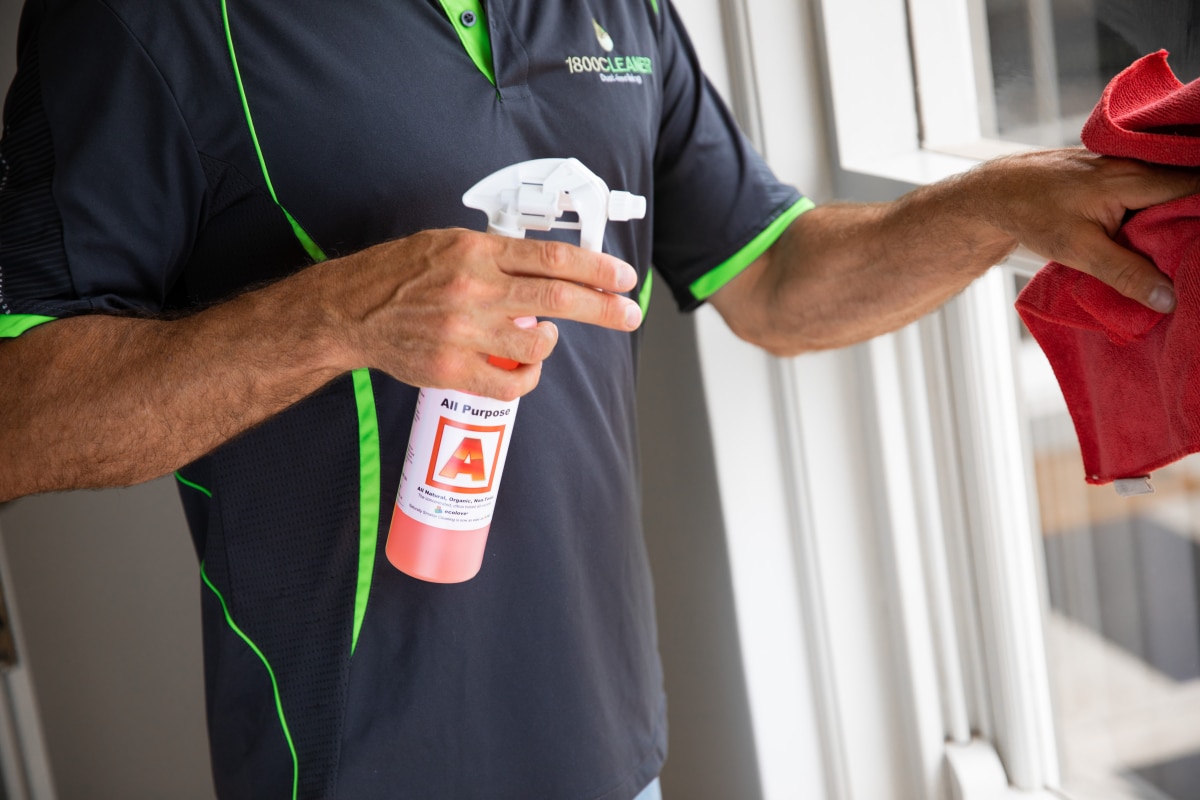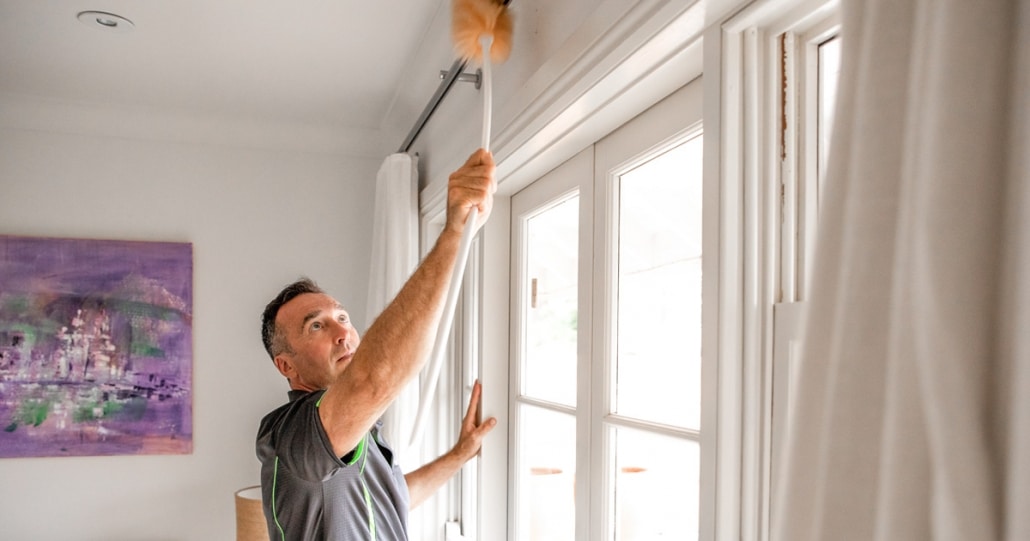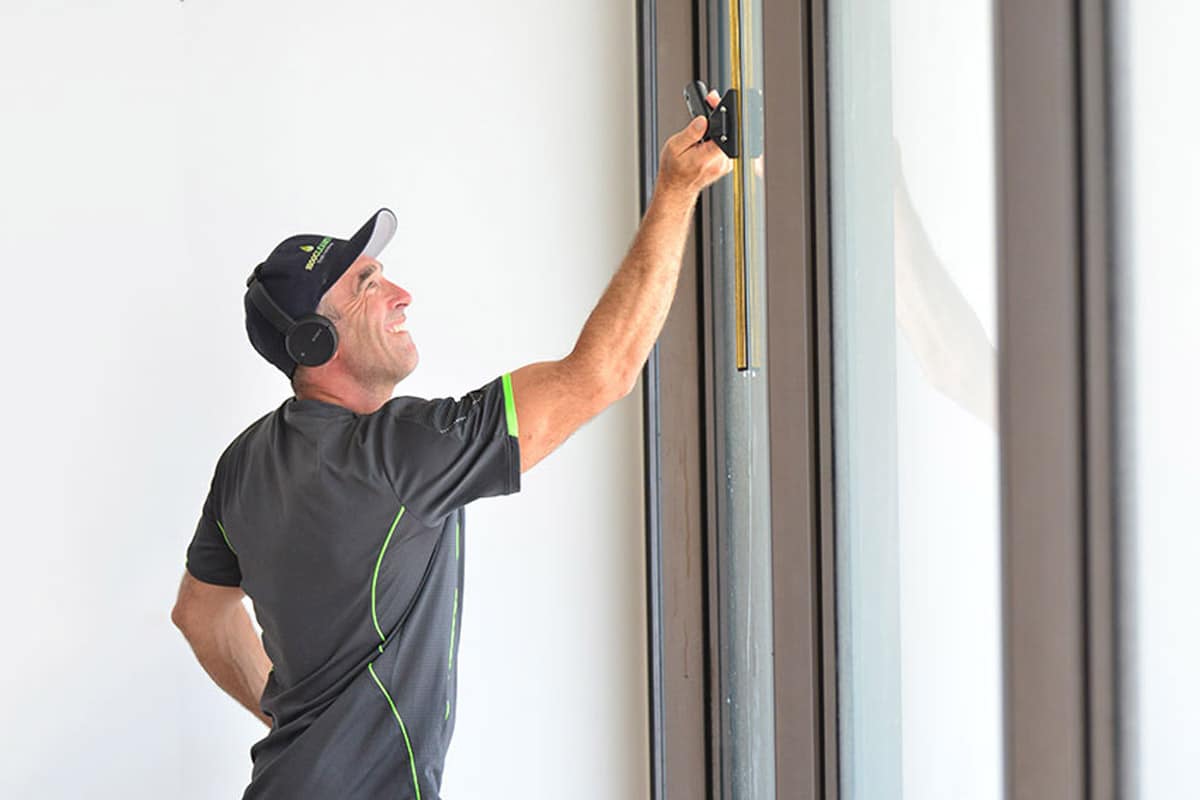Dusty places at home worth paying attention to
Our home is our refuge, our temple. It is where we sleep, eat, love, wash, and share with our friends, and for many these days, where we work. But we need to realize that a significant amount of hidden dust is found in hidden places that we generally don’t see or pay much attention to. And that dust “leaks out” into the living environment, causing a host of issues. Dust is harmful to our general health and mental well-being. Only expert dust-focused cleaners like 1800 CLEANER list and focus on those spots we must consider when cleaning this hidden dust that cannot be readily seen. You can fix your dusty home by paying attention to the list we outline below.
-
Clean your Airconditioning filters
Air conditioners are generally hung on the walls; we must always remember to clean them and the dust that accumulates above and inside of them. This dust is impossible to detect from ground level. But the most important thing to consider is that the filters inside them are the number one dust collectors in your home, and it is essential to keep them clean and clean them regularly. They are metaphorically the lungs of your home.
-
Clean and dust ceiling fans
One of the most significant dust accumulators is the ceiling fans. With the help of the ladder, let’s clean each of its fins well. Remember that if you’ve never cleaned them, using the duster is not enough: using a damp microfiber cloth and a multipurpose product to remove the gunk stuck to their edges is key. Warm water and a scourer work best for really stubborn stains.
-
Clean and dust lamp shades
With a damp microfiber cloth and a multipurpose product, let’s clean our lamp shades well to keep them dust-free. Start with dusting, lightly at first, then progress to a proper moist microfibre wipedown.
-
Clean and dust bookshelves
Our libraries are an accumulation of books and objects stored for ages. How to clean away this annoying dust? Also, clean the sides, top, and back of your bookshelves with a damp microfiber cloth – this one is time-consuming but oh-so-satisfying.
-
Remove the dust from your frames: all of them
The frames of artwork, windows, beds, and doors are great dust receivers and go unnoticed. After using our duster, with a damp cloth, let’s clean that old dust that remains stuck on these intricate landing surfaces. They will look much brighter and more beautiful.
-
Skirting boards.
Skirting boards are permanent dust collectors and are a major eyesore in a dusty home. Let’s use our dusters regularly to keep them clean and intermittently a deeper clean with a damp microfiber cloth.
-
Make sure to clean the dust under your bed
Sometimes, we use the space under our beds to store boxes, suitcases, or anything we like but rarely use. Considering that our room is a space for daily use, this space becomes the perfect place to accumulate lint and dust. The problem is that it accumulates in significant quantities under there, and we don’t see it. Really go after this dust as it lives so close to where you sleep and is harmful to your health. Use your duster to agitate that hidden dust and then, with your HEPA vacuum, remove it from your sight and sinuses.
-
Carpets and rugs
Our dusty home gets dustier even quicker if we have a pet. Use your vacuum regularly and vacuum your carpet from end to end, especially in corners and edges, which are the areas where the most significant dust deposits occur. And go in two different directions to agitate the pile.
-
Top of the fridge
Some surfaces are difficult to reach, and the space where we put dishes and other kitchen objects is crucial – above the fridge. Get on a chair and clean the top of your fridge with a damp microfiber cloth and a multipurpose product. Clean the sides and underneath with your duster, shaking the dust and then collecting it with your vacuum.
-
Indoor plants
We love plants; they give life to any space where we place them, but remember that their leaves (full of pores), huge ones, are dust receptors. With a damp cloth, let’s clean its upper and lower parts.
-
Clean your blinds and curtains.
When you shake your curtains, you will be impressed by how much dust they accumulate. Please do this weekly to avoid dust accumulation on its entire surface. If, instead, we use blinds, we use our duster and then clean the dust with a microfiber cloth on all our blinds and their frames.
The tips described are a great help, but remember that a specialized dust cleaner with the proper equipment will know how to solve this issue most efficiently. Enjoy your dust-free life.

Michael Sweet, founder of 1800 CLEANER | WWW.1800cleaner.com.au

